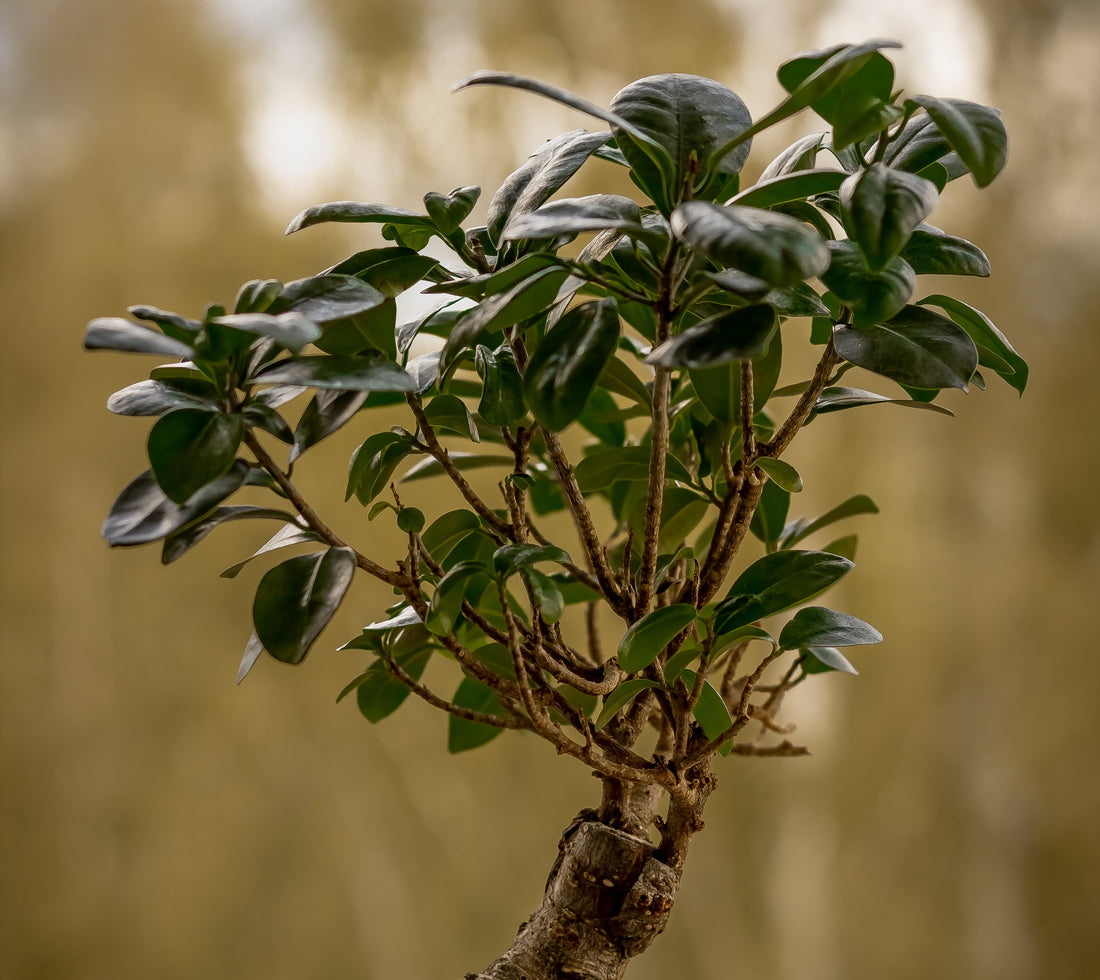
A Guide to Creating Your Own Indoor Tropical Tree Bonsai
Bonsai, the ancient Japanese art of cultivating miniature trees, has captivated enthusiasts for centuries. While traditional bonsai often feature temperate species, the allure of indoor tropical tree bonsai has gained popularity in recent years. Imagine bringing the serenity of a lush tropical paradise into the confines of your living space. In this guide, we'll explore the art of crafting your own indoor tropical tree bonsai, transforming your home into a haven of natural beauty and tranquility.
Choosing the Right Tree
Selecting the right tropical tree for your indoor bonsai is crucial. Consider species that thrive in controlled environments and can adapt to the limited space of a pot. Ficus varieties, such as the Ficus retusa and Ficus microcarpa, are popular choices for indoor bonsai due to their resilience and suitability for cultivation in containers. Other excellent options include Schefflera, Jade (Crassula ovata), and Serissa.
Materials You'll Need:
- Tree: Choose a healthy, young tropical tree sapling with a sturdy trunk and well-defined branches.
- Pot: Select a shallow and wide pot with good drainage to mimic the natural conditions of a bonsai.
- Soil: Use a well-draining bonsai soil mix that provides aeration and retains moisture.
- Tools: Bonsai wire for shaping, pruning shears, and concave cutters for precision pruning.
- Watering Can: To maintain the right moisture levels without overwatering.
Step-by-Step Guide
- Selecting the Right Tree: Choose a tropical tree species that can thrive indoors. Ficus, Jade, Schefflera, and Serissa are excellent choices.
- Potting the Tree: Transfer the tree to a suitable bonsai pot, ensuring proper drainage. Use a layer of bonsai soil at the bottom and around the sides of the tree.
- Pruning and Shaping: Begin by pruning excess growth and shaping the tree. Focus on creating a well-balanced structure that mimics the appearance of mature trees in nature. Use bonsai wire to guide branches into the desired position.
- Watering: Maintain consistent moisture levels by watering when the topsoil feels slightly dry. Avoid overwatering, as this can lead to root rot. Adjust the watering frequency based on the specific needs of your chosen tree species.
- Fertilizing: Provide your bonsai with a balanced liquid fertilizer during the growing season. Follow the recommended dosage on the fertilizer packaging, and adjust based on the tree's response.
- Sunlight: Place your indoor bonsai in a location that receives bright, indirect sunlight. Tropical trees generally thrive in well-lit areas but can benefit from protection against harsh midday sun.
- Regular Maintenance: Bonsai trees require ongoing care. Regularly inspect for pests, adjust wiring as needed, and continue shaping through selective pruning.
Crafting your own indoor tropical tree bonsai is a rewarding journey that allows you to bring a touch of nature's tranquility into your home. Patience, attention to detail, and a love for the art of bonsai will result in a miniature masterpiece that brings joy and a sense of calm to your living space. So, embark on this horticultural adventure, and watch as your indoor tropical bonsai grows into a living work of art, a testament to the beauty that can be cultivated in even the smallest of spaces.